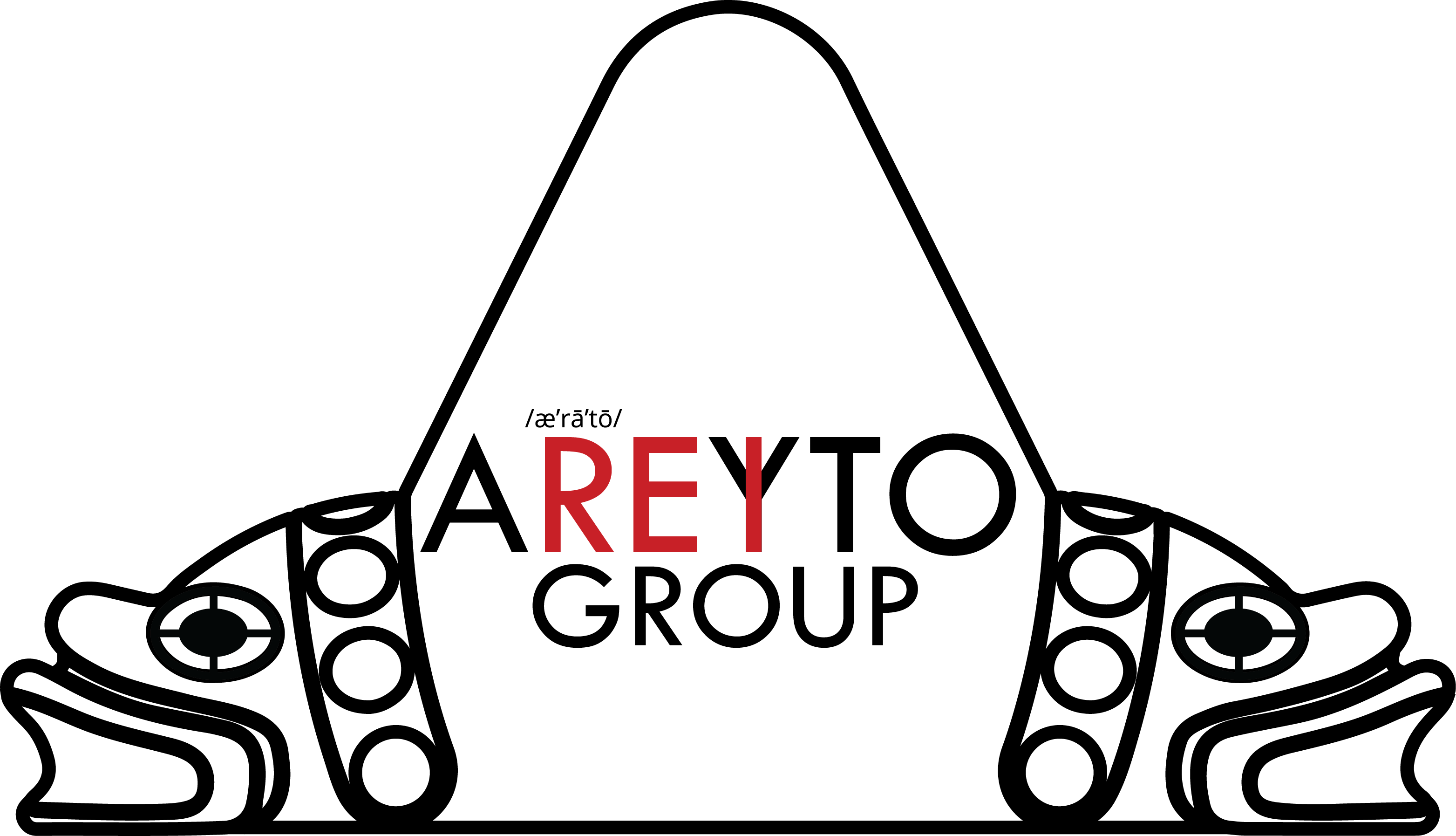This is Part 1 of a two-part post about how to identify value, and its nemesis: waste. If you want to jump ahead and find out how you can determine value, read Part 2.
If #Lean can be defined as “the relentless elimination of waste in pursuit of perfection”, we must be able to distinguish between waste and what is not waste, i.e., value. Waste (“muda“, in Japanese) is everything that does not add value. These are activities, processes that just consume resources (people, time, equipment, space, money) but do not create value for your process or product. For lean practitioners all over the world, we know there are several categories of waste. In the beginning, there were seven wastes. These are the wastes of:
- Transportation
- Inventory
- Motion
- Waiting
- Over-processing
- Over-production
- Defects
Let’s take a quick look at each of these to help us identify them when we observe their presence.
Transportation waste occurs when there is an unnecessary movement of parts or people through the different steps in a process. This can be a part going from one corner of the shop to the opposite corner to get an inspection and coming back to the original corner. It could also be a form being routed to three different departments across four different floors and two buildings to get signatures and it could be a patient checking-in on the first floor, then sent to the third floor for her appointment, then across the building and to the second floor for radiology and back to the first floor pharmacy.
Inventory waste is easily observed when there are stockpiles of raw materials or work-in-progress, or even finished goods without getting any value added to it. It can be parts lying around at various stages of processing in a shop or a collection of medical supplies tossed on an unused bed in a ward.
Motion waste is excessive movement of people or excessive actions during a process. If you observe a process and see a person reaching for something every 30 seconds, that might be an indication of wasteful motion. It can be an operator in a repair shop or it can be clicks of a mouse or key punches on a keyboard.
Waiting waste occurs when people or parts are idle. They may be waiting for another step to be completed or for the next step to be able to receive them. Waiting is the most prevalent waste in healthcare. So much so that they have rooms dedicated to this waste. They are called: WAITING ROOMS! Think about it. You wait to make an appointment. You wait in the lobby, you wait in the waiting room. You wait in the exam room, wait to get your results back and even wait to pay your bill. There is wait at every step of every process in healthcare and it is up to us to eliminate it or minimize it.
Over-processing is doing more than is required by the customer. It is processing beyond the acceptable standard. If the customer’s requirements accept a finish of 25 microns, going beyond that is wasteful. If the customer says he’ll accept a part just with primer, coating it any further is incurring over-processing waste. If a process only calls for one copy of a form, but the clerk made five copies, that is over-processing (regardless of her reasons for doing so).
Over-production is to produce more than needed, or to do it sooner than needed. A very prevalent instance of this in the manufacturing world is to run a process as fast as it can go and produce as much as possible with complete disregard for customer demand and takt time. I once observed an example of this in a hospital I visited. There was a nurse who was putting these packets together (lines, bags, etc.) for the surgeries for the next day. It was around 10AM and their unit (Post-Anesthesia Care Unit) was experiencing a “full” situation, which should have triggered everybody to do everything they could to unclog the unit so surgeries can be performed. This is analogous to the kid at Subway(R) continuing to chop peppers and onions for sandwiches in the afternoon when the line of people waiting for sandwiches during breakfast wraps around the block. We would never accept that!
Defects are products that do not meet the requirements. Non-conforming product in the manufacturing world sometimes requires a lot of rework or is scrapped. In an administrative process, forms that need to be re-routed or orders sent to the wrong shipping address are examples of defects. In healthcare, defects can range from sending inaccurate billing statements, to mislabeling lab samples, to harming patients (wrong medication, wrong dose, wrong surgery, etc.).
People use mnemonics to remember concepts, and the above seven wastes can be remembered with the mnemonic: TIM WOOD.
I personally learned them with the mnemonic DOT WIMP, where we changed the “O” for “Over Processing” for the “P” from Processing and called it “Excessive Processing”
- Defects
- Over-production
- Transportation
- Waiting
- Inventory
- Motion
- Processing (Excessive)
Other industries have added other classifications. Not utilizing people’s skills or underutilizing people’s talents, for instance, has been added to the Original Seven.
I have done considerable work in healthcare, and various organizations in healthcare recognize Reprioritization as an additional waste category. Reprioritization occurs when people get called to put out a fire while they were engaged in value-added activities. What that causes is that people stop what they are doing and take care of whatever pressing matters (most of the time, not real emergencies) they were called to. When they come back to the task they were performing (sometimes hours after they were working on it), they have to familiarize themselves again with the task and its requirements. This is when defects and low first-time quality can occur.
If you want to keep the use of mnemonics, then we can add these last two as:
- Misutilization or Underutilization of skills
- Reprioritization
That way we can remember all nine wastes with either of the mnemonics:
MR DOTWIMP, MR TIMWOOD, UR DOTWIMP or UR TIMWOOD.
It is important to recognize that some of these wastes cause other wastes. Take for example the case of a process that is fraught with defects. In order to compensate for that, people produce more than is really required (over-production and inventory).
In my classes, sometimes students ask: “so, what happens if I think a waste is waiting and someone else thinks it’s inventory?”. I am not the “waste identification police” and I am not going to argue over those things. The important thing for me and for any organization out there is that the employees are empowered and knowledgeable to recognize it as WASTE! I don’t care if there are divided opinions on what kind of waste it is, so long as there is agreement that it is waste. I call this process, putting on your “waste goggles“. Much akin to wearing 3D glasses to get all the benefits of a 3D movie, you now have these “waste goggles” (the knowledge of what waste is and how to identify it) at your disposal to wear them to allow you to see more clearly all the waste that has been right in front of you all this time!
The important thing for new entrants is not just to remember these classifications. Why do we want to remember them? It is so we can identify them when we see the waste and immediately work on eliminating it!
To find out how The Three C’s can help you assess value added of a step in a process, click here.


